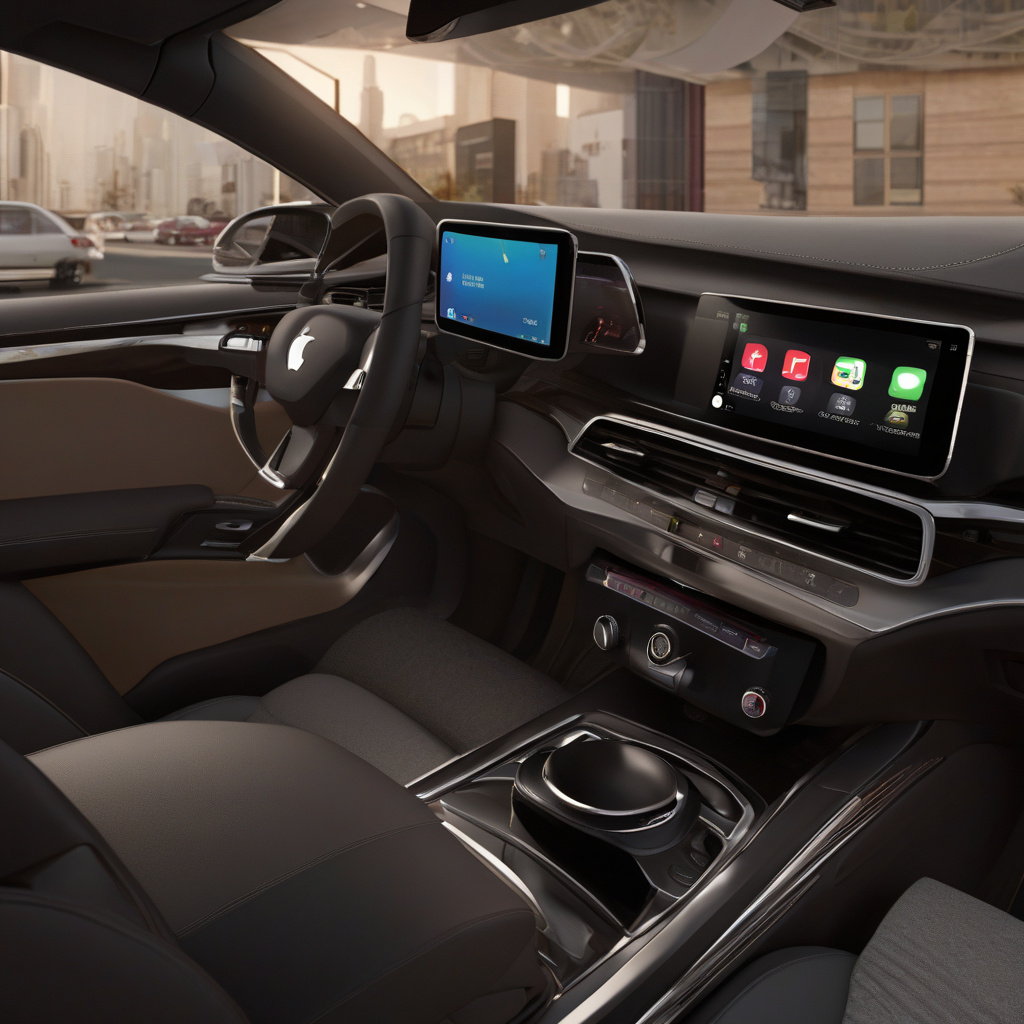In the realm of automotive technology, the integration of software has revolutionized the driving experience. Apple CarPlay, a popular feature in many modern vehicles, seamlessly connects iPhones to car infotainment systems, offering convenience and functionality on the go. However, recent reports have shed light on a critical Remote Code Execution (RCE) exploit affecting Apple CarPlay that remains unaddressed in most cars, posing a significant security risk to drivers and passengers alike.
The vulnerability in Apple CarPlay highlights a broader challenge faced by the automotive industry: the complexity of securing connected vehicles. Even when a fix is available for a serious vulnerability, implementing it effectively across a wide range of car models is a daunting task. This difficulty arises from the intricate web of software, hardware, and network systems that modern cars rely on, making it challenging to ensure comprehensive security measures are in place.
At the same time, the interconnected nature of automotive software means that vulnerabilities in one system can have far-reaching consequences. In the case of the Apple CarPlay RCE exploit, hackers could potentially take control of critical functions within the vehicle, such as steering, braking, or acceleration, putting lives at risk. The prospect of such a scenario underscores the urgent need for automakers to prioritize cybersecurity in their design and development processes.
While software updates are a common method for addressing vulnerabilities in connected systems, the automotive industry faces unique hurdles in applying patches effectively. Unlike smartphones or computers, cars have longer lifecycles, with some models remaining on the road for a decade or more. This longevity poses a challenge for automakers, as they must ensure that security updates are compatible with older vehicles while maintaining the integrity of newer models.
Furthermore, the diverse ecosystem of automotive manufacturers and suppliers complicates the process of patching vulnerabilities across the industry. With each company responsible for different components of the vehicle’s software stack, coordinating a unified response to security threats like the Apple CarPlay RCE exploit requires extensive collaboration and communication among stakeholders.
In light of these challenges, it is crucial for automakers to adopt a proactive approach to cybersecurity, rather than reacting to threats after they have been exploited. By integrating security measures into every stage of the vehicle development lifecycle, from design and coding to testing and deployment, manufacturers can reduce the likelihood of vulnerabilities like the Apple CarPlay RCE exploit going unaddressed.
Moreover, ongoing monitoring and assessment of connected systems are essential to identify and mitigate security risks in real-time. By implementing intrusion detection systems, encryption protocols, and secure coding practices, automakers can bolster the resilience of their vehicles against cyber threats and safeguard the trust of consumers in the digital age.
In conclusion, the revelation of the Apple CarPlay RCE exploit serves as a stark reminder of the cybersecurity challenges facing the automotive industry. While fixing vulnerabilities is a critical step towards enhancing the security of connected vehicles, the complexity of modern automotive systems requires a holistic approach to cybersecurity that spans the entire ecosystem. By prioritizing proactive security measures and fostering collaboration among industry stakeholders, automakers can drive towards a safer and more secure future on the roads.

